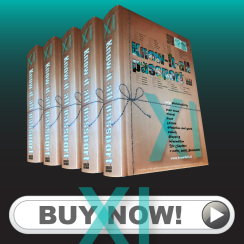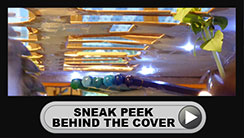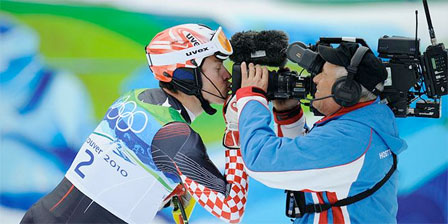
Would you like to relive great Olympic moments? Feel the pulse of the champions? Discover the creative flair of the host cities?
The world of the Games with its many facets is now open up to you at the Olympic Museum in Lausanne. If you haven’t visited the museum since it was closed for renovations just over a year ago, then now is the time to see it. With a major new temporary exhibition opening on 19th February 2015, entitled The Olympic Games: Behind the Screen, visitors now have the unique opportunity to find out what goes on behind the scenes, when images from the Olympic Games are broadcast all around the world.
New temporary exhibition, The Olympic Games: Behind The Screen
19.02.2015 – 26.01.2016
Every edition of the Olympic Games has its innovations and unique aesthetic. The temporary exhibitions at the Museum are designed to show the Games in all their diversity – and the latest exhibition, The Olympic Games: Behind The Screen, is no exception.
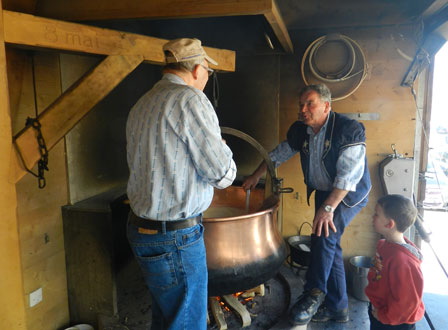
If you are looking for an interesting activity to do with family and friends at the weekend, then a trip to La Maison du Gruyère may be just what you had in mind.
Every Sunday between the 21 December 2014 and 29 March 2015, this popular cheese-making dairy (fromagerie) in Pringy, famous for producing Gruyère AOP, will demonstrate how cheese can be made using a wood-burning fire located within one of its outbulidings, the Chalet de la Confrérie. The public will have a chance to see all steps in the production process, right from the moment milk is poured into a cauldron, through to its final transformation into cheese more than two hours later.
Taking place between 12h30 and 15h00, the free demonstration will also provide visitors, both young and old, with a wonderful opportunity to taste “le petit lait”, “le cailler”, and the delicious Gruyère AOP cheese in its most popular forms: doux, mi-salé and salé. In very cold weather conditions, the cheese-making process may not be able to take place, so you are advised to ring the dairy before leaving home to check.
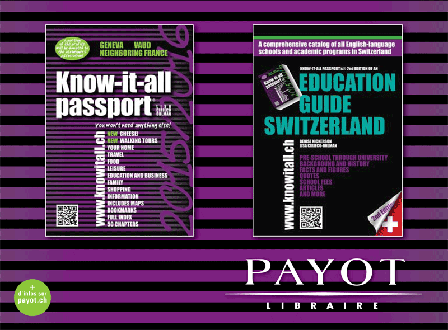
Meet the authors at Payot Chantepoulet this Saturday, 27 September!
Lisa Cirieco-Ohlman invites you to attend the official launch of the 9th edition Know-it-all passport 2015/2016 (KIAP) and the 2nd Edition of Education Guide Switzerland (EGS2), produced in collaboration with Denise Nickerson.
The launch will take place at a special vernissage, including drinks and nibbles, being held on Saturday, 27 September from 16h-18h at Payot Chantepoulet bookstore in Geneva, near the Cornavin Train Station. Having recently merged with the popular English bookstore, OffTheShelf, Payot Chantepoulet has undoubtedly one of the best selections of English-language books in the region. You can read about this merger in a recent article at this link. The recently renovated Cornavin train station boasts a new Payot branch exclusively offering French-language books –and open 7/7– leaving the nearby Chantepoulet location room to expand their international books in English, German, Italian, Spanish, and Russian.
On Saturday, an offer of 10% off both books will be available at this location! This is your opportunity to get these books at a great price.
Know-it-all passport 2015/2016
Now in its 9th edition, Know-it-all passport® is THE English-language reference book for anything you want to know in Geneva, Vaud and neighboring France: it includes recommendations on everything from shopping, housing and education to birthday party venues, places to eat, night life, and even chocolate! The chapter on OUTINGS AND TRIPS (56 pages) is a book within a book. You won't need anything else!
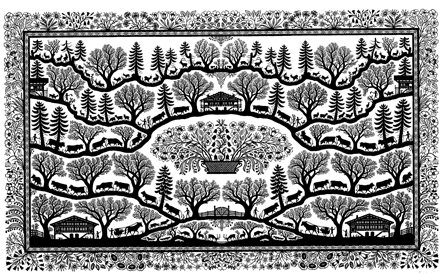
Temporary exhibition runs from 11 April to 28 September with free activities every Sunday!
The Château de Prangins has just opened a new exhibition devoted to the traditional art of paper cutting. Also known as “Scherenschnitten”, this art form is closely associated with Switzerland’s heritage, and can be seen in different guises in many gift shops throughout the country.
Created by the Forum of Swiss History Schwyz, this temporary exhibition will run from 11 April to 20 September, 2014, and will feature many special events and activities, designed to encourage all ages of the public to find out more about this special craft.
Ten historical paper cuts, including a love letter, silhouettes and Alpine cattle scenes by artists such as Johann Jakob Hauswirth and Louis David Saugy, are presented at the exhibition, alongside approximately one hundred works from artists of the Association of Swiss Friends of Paper Cutting. Ranging from the abstract to the figurative and the dazzlingly colourful to the austerely black and white, these works are a testament to the expressive richness of a medium that enables artists to suggest the beauty of a landscape whilst also casting a critical eye over contemporary society.
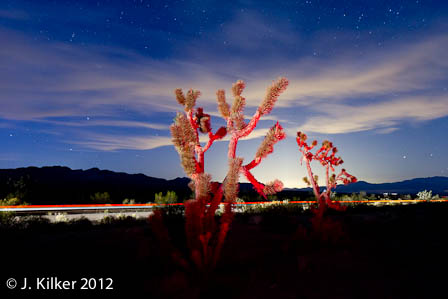
Roads in this desolate region of the Mojave snake between groups of Joshua trees. In the background, light from the casinos of Primm (30 km away) and Las Vegas (80 km away) illuminate the sky.
A former pupil at the International School of Geneva (Ecolint), Julian Kilker is returning to Geneva to introduce visitors at the Cité du Temps exhibition center to the wide, open spaces of the American Southwest Mojave desert. Running from 12 April to 13 May 2012, his “Time in the Mojave” exhibition will document, through a series of photographs, the beauty of decay in hauntingly beautiful landscapes, which are often overlooked or even bypassed by highway travellers. The focus of Julian's work is on the complex interactions between people and artefacts, poignantly mirroring contemporary concerns about the impact of rapid technological change on the environment.
All of the photographs in “Time in the Mojave” are on fabric squares measuring 1.75 metres by 1.75 metres, using dye sublimation printing. By shooting the pictures at night and using moonlight, Julian minimises visual clutter to emphasise his chosen subjects. Enchanting colours have been added to some pieces on location either by nature, or by highly artistic light painting. As a photographer, Julian succeeds in telling a spectrum of stories on the interplay of man and his surroundings: for instance, as the lights of vehicles streak past dilapidated buildings, he draws attention to the driver’s disregard for a place that once could have been called “home”.




